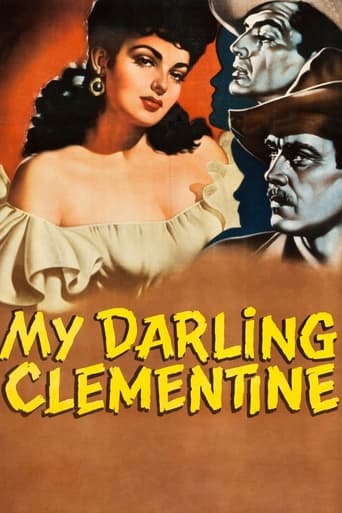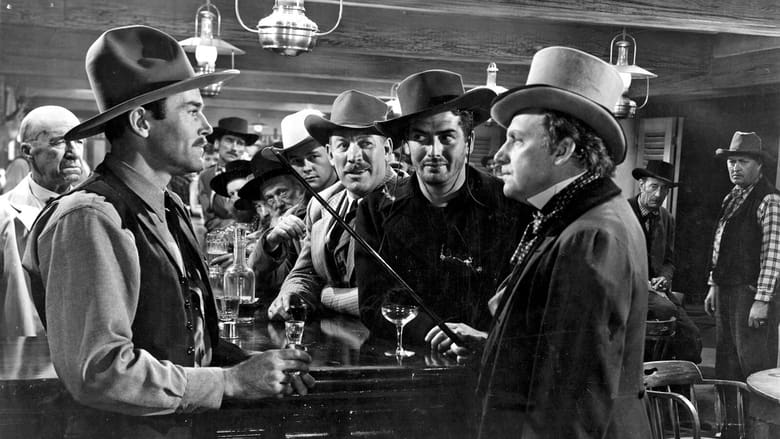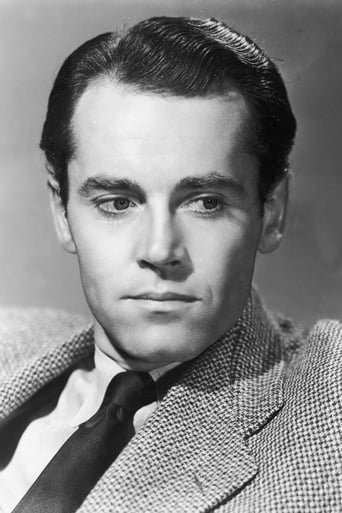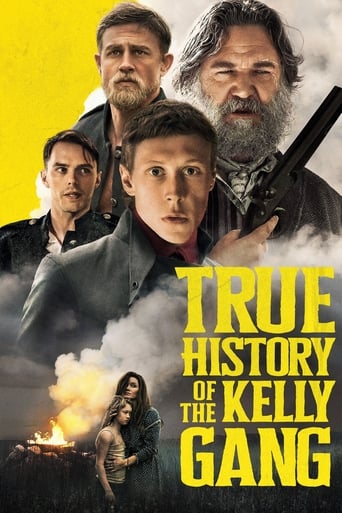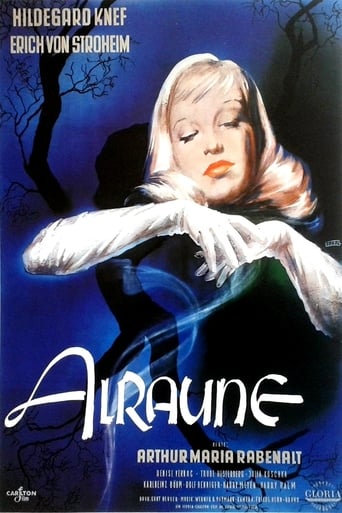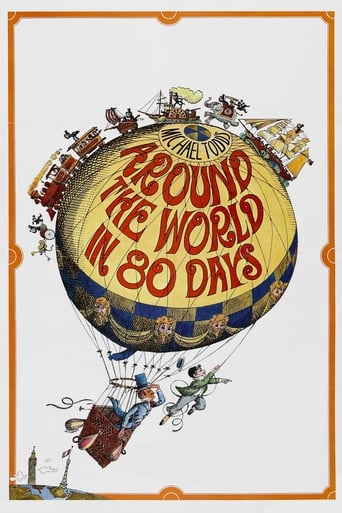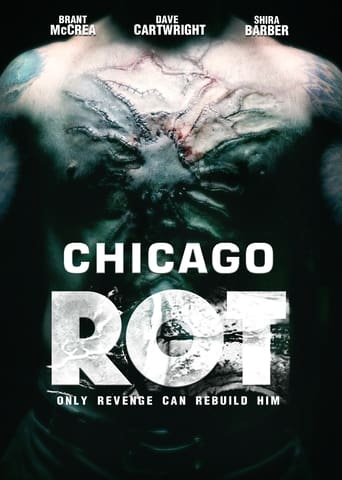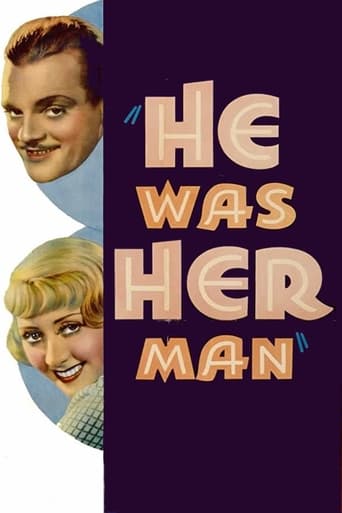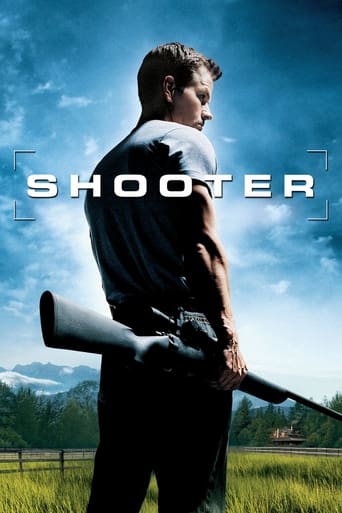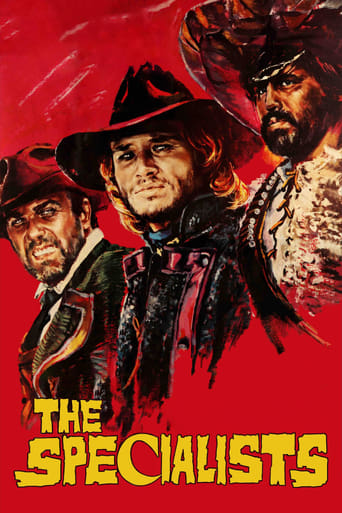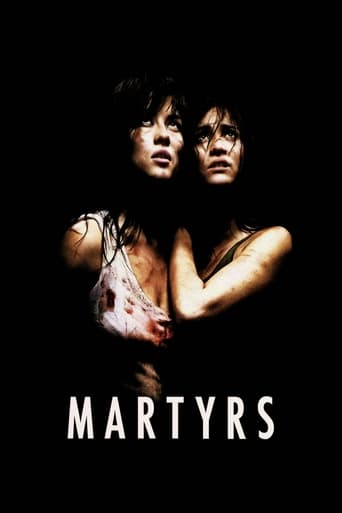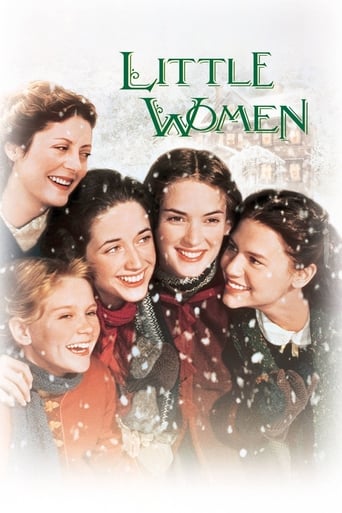My Darling Clementine (1946)
Wyatt Earp and his brothers Morgan and Virgil ride into Tombstone and leave brother James in charge of their cattle herd. On their return they find their cattle stolen and James dead. Wyatt takes on the job of town marshal, making his brothers deputies, and vows to stay in Tombstone until James' killers are found. He soon runs into the brooding, coughing, hard-drinking Doc Holliday as well as the sullen and vicious Clanton clan. Wyatt discovers the owner of a trinket stolen from James' dead body and the stage is set for the Earps' long-awaited revenge.
Watch Trailer
Cast


Similar titles
Reviews
Over the years I have seen probably much of the John Ford's Westerns. I never felt a particular connection with the genre, simply I think I used to watch too much TV.One day I said to myself: gotta watch John Ford. Everybody that is someone talks about him. This is the first in a series. And it looks like a good idea.Thanks to this movie I finally got what Western is: a way to express ideas in a virtual world. It used to look so cliché. Than it look like there is no real connection with what happened in the historical West. But no, this is not about the historical West anymore than the Kurosawa historic movies are about the Feudal Japan. Some choose SciFi and dream about distant Worlds. This movie is about a virtual World. Where the good guys wear white hats. And the bad guys wear black hats. And the in-between guys change hat color without changing the model.I did not like the movie. But without John Ford I feel there wouldn't be a Dead Man.Contact me with Questions, Comments or Suggestions ryitfork @ bitmail.ch
We expect the title character of a movie to be the protagonist, and to be played by a well-known actor. So it is a little strange that Clementine is just a big nothing played by an actress you have never heard of (Cathy Downs). She is not even the most interesting woman in the movie, for that is Chihuahua (Linda Darnell).Apparently the point is that Clementine represents the future, which is to say, civilization. And civilization is bland and boring, as opposed to the Wild West, where we have such figures as Wyatt Earp, Doc Holliday, and the Clanton gang. So only after the excitement of the gunfight at the OK Corral, when just about everyone of interest is killed off except Wyatt Earp and his brother Morgan, who then ride out of town, can Clementine finally become important.I guess director John Ford did not want civilization to be associated with disease, so he has Holliday die during the gunfight, instead of dying years later, as was in fact the case. Or maybe we just like it better that way. Who wouldn't rather spit up blood from being shot in a gunfight than spit up blood in a tuberculosis hospital?
Despite the title, this film does not tell the story of the "miner, forty-niner", who dwelt with his daughter "in a cavern, in a canyon, excavating for a mine" during the California Gold Rush. It is rather one of several Westerns about Wyatt Earp and the Gunfight at the OK Corral, although "Oh My Darling, Clementine" serves as the theme song, even though it was not written until 1884, three years after the Gunfight. That, however, is far from being the only liberty which this movie takes with history. In this version the Earp brothers are driving cattle to California and are passing through Tombstone when their cattle are rustled and James, the youngest brother, is shot dead by the Clanton gang under the leadership of their patriarch Old Man Clanton. Seeking to avenge his brother's murder, Wyatt takes the job of town marshal and makes the acquaintance of Doc Holliday, originally a surgeon from Boston but now a local gambler. The two men initially take a dislike to one another, but realise that they need to work together against the Clantons, especially after another Earp brother, Virgil, is murdered by them. During the Gunfight Wyatt, his surviving brother Morgan and Doc take on the Clantons; they emerge victorious, but Doc is fatally wounded. Another important theme involves a love-triangle between Doc, his former sweetheart from back East, and his mistress Chihuahua, a fiery Mexican girl. (And, in the universe inhabited by Hollywood screenwriters, what Mexican girl is anything other than "fiery"?)What is wrong with the above synopsis? Well, from a historical perspective, just about everything. The Earps were never cattle drovers. James Earp was the oldest of the brothers, not the youngest, and was not murdered. He died of natural causes at the age of 85 in 1926. Old Man Clanton died before the Gunfight. Wyatt was not town marshal of Tombstone; Virgil held that position. Wyatt and Doc were close friends and knew one another before the Earps arrived in Tombstone. Doc was originally from Georgia, not Boston, and was a dentist rather than a surgeon. He survived the Gunfight unscathed, dying of tuberculosis six years later. Like James, Virgil was not murdered; he survived an attempt to kill him several months after the Gunfight (not before it) and lived until 1905. The film even gets the year and time of day wrong. The Gunfight at the O.K. Corral took place on October 26th 1881, at about 3 pm, but here the date is given as 1882 and the Gunfight takes place at dawn. Chihuahua and Doc's ex-lover are both fictitious characters. The latter is given the name Clementine Carter, presumably because the filmmakers needed to find some justification, however spurious, for their title and for using that song. There is, however, no rule which says that historical films have to be 100% historically accurate or which forbids directors and scriptwriters from rearranging historical fact in order to suit the story they want to tell. If there were such a rule, some very great films could never have been made. There seems to be a widely-held opinion that "My Darling Clementine" falls within the category of Very Great Films; an opinion I am unable to share. It may be a good film, but falls some way short of being a great one, although my reasons for saying so have nothing to do with its lack of fidelity to historical truth. Nor do they have much to do with political correctness, even though, if judged by the standards of 2014, John Ford would certainly be found wanting on that particular score, both here and in many of his other movies. Quite apart from the ethnic stereotyping of Mexican women we also have the scene where Chihuahua is unceremoniously dumped in the horse-trough and there are disobliging references to Indians as violent drunkards who should stay on their reservations and out of any places where decent white folks might live. Henry Fonda's Wyatt Earp was perhaps rather too quiet and restrained for my taste; I preferred the interpretations of Burt Lancaster in "Gunfight at the OK Corral" and Kevin Costner in "Wyatt Earp", both of whom seemed to bring a greater presence and solidity to the role. I felt that the powerfully built, healthy-looking Victor Mature was miscast as the supposedly frail, tubercular Doc; a few obviously feigned coughing-fits were not enough to convince me that he was seriously ill. The changes to the historical facts made in this film have the effect of making Holliday a tragic hero and a central figure in the story, arguably more important than Wyatt Earp himself, and I felt that Mature did not really have the scope as an actor or the range of emotions needed for the role. On the positive side the black-and-white photography of the Western landscapes is, as one might expect from Ford, wonderful, although all those shots of Monument Valley suggest that he has relocated Tombstone from Arizona into Utah. (Is it a Federal offence to transport a town across State lines?) The gunfight scene is well staged, the musical score is a fine one and there are some good performances in supporting roles, notably from two lovely young actresses, Linda Darnell and Cathy Downs, as Chihuahua and Clementine, and from Alan Mowbray as the eccentric British actor Granville Thorndyke. (His name is derived from two real British actors, Harley Granville Barker and Russell Thorndike). "My Darling Clementine" is not my favourite version of the Wyatt Earp story; that would probably be "Gunfight at the OK Corral" It is a very decent Western adventure, but I just can't see it as a great all-time classic. 7/10
***User reviewer Lechuguilla ("Shakespeare In Tombstone", Lechuguilla from Dallas, Texas, 25 April 2006) provides nice description of the imagery. Righty-Sock ("An archetypal Western mood piece!", Righty-Sock from Mexico, 10 August 2001) has a nice summary and offers insight on the casting. Meanwhile, Whythorne ("Extremely overrated, silly and historically bogus melodrama", Whythorne from United States, 26 March 2010); gkbazalo ("Good Henry Fonda Western but misses the facts by a mile", gkbazalo from Scottsdale, AZ, 3 June 2004); Romanus Nies ("Ignorant or artistic?", Romanus Nies from Germany, 20 April 2008); bkoganbing ("When You Pull A Gun, Kill A Man", bkoganbing from Buffalo, New York, 3 October 2006) and tieman64 ("Scented Desert Flowers", tieman64 from United Kingdom, 23 September 2013) all take issue with the historical deviations from fact, making many interesting points along the way.***"My Darling Clementine" (1946) is widely regarded as John Ford's best film and should be regarded as one of the greatest Westerns ever. Although John Ford personally knew Wyatt Earp (when Ford was a prop boy and the elderly Earp would visit Hollywood sets), this film is not a history lesson. There are probably an uncountable number of liberties taken from the famous 1881 gunfight (which lasted about 30 seconds). Instead, it is a romanticized and stylized tale with many points of interest.The central conflict between the Earps and the Clantons (note: there are no McLaurys here) is very clearly a good family unit removing a bad family unit. (Or as we say now, "taking out the trash.") However, the greatness in "Clementine" stems from character additions to the historical event. One is the mixed-race (i.e., at least half Native American), singing saloon girl Chihuahua (Linda Darnell) who is Doc Holliday's most recent love interest. In addition, a drunken, swindling, English thespian and fop (Alan Mowbray) arrives to Tombstone to entertain the rowdy cowboys by reciting Shakespeare. The thespian is very unique in the John Ford catalogue, as Ford usually completes his cast with very rugged men and very family-oriented women. The thespian's appearance leads to an important early scene between the vile Clantons and the film's obvious hero Wyatt Earp (Henry Fonda). Perhaps the only historical detail that this film faithfully renders is the depiction of a Wyatt Earp who fears no other man. (All historical accounts say this about Wyatt.) Henry Fonda is a convincing badass and western lawman.The most fascinating addition to the history is the perpetually inconsistent Doc Holliday. The tubucular, misanthropic physician is quite ornery when he is guzzling whiskey, which is always. (Holliday also finds each whiskey glass he employs so disappointing that he usually throws it. One wonders how much he costs the drinking establishment to resupply all of the glasses he destroys.) The washed-up former gunslinger has a chip on his shoulder and continues to threaten Wyatt until their eventual duel. As such, Holliday alternates between being a substitute antagonist to being a friend of Wyatt. With such a complicated role, Victor Mature's performance is bound to be polarizing. I love Mature's work here; he speaks almost all his lines as if he's suffered unendurable pain during his life. It surprises me that so many people prefer more recent depictions of Doc Holliday. By the way, Holliday's back-and-forth character might explain the opening credits, as the camera very mechanically repeats a move down, to the left and to the right revealing title cards. Holliday is loved by two beautiful women (Chihuahua and Cathy Downs as Clementine Carter) but rejects them both. In contrast, man-of-action Wyatt is painfully shy with Clementine. Ford has an interesting visual pattern with the scenes between Clementine and Wyatt. Wyatt is often framed by whatever verticals are handy (e.g., doorways and building pillars) when Clementine is also on the screen. The last shot reverses this trend. Ford appears to be emphasizing separation within the Wyatt-Clementine relationship as part of his storytelling repertoire.The production qualities are excellent. Ford serves up many gorgeous Black and White images; sometimes it seems as if the clouds are knowingly participating. Ford pushes the edge by having several night scenes with more darkness than we normally see in a western. The voices are always interesting to listen to, particularly when the inimitable Walter Brennan's Old Man Clanton is speaking. (Surprising fact: this is the only film where Brennan and Ford worked together. The Golden Era King of Westerns and one of the greatest Western character actors didn't get along.)Every Ford Western introduces two qualities which I don't admire: Racism and animal cruelty. "Clementine" is no exception. When civilian Wyatt emerges from a paralyzed crowd to disarm a drunken Indian (a story based on the real Wyatt's life), the Indian is dragged to the street, kicked and humiliated. When Wyatt intones that it is wrong to offer liquor to Indians it is a very hateful moment. Also, horses are violently forced to the ground several times.Despite the negatives, "My Darling Clementine" is a very satisfying Western which looks great and where all of the characters are interesting. Cinephiles need to saddle up and (gently) ride their best mare over to the revival theater that is showing it.

